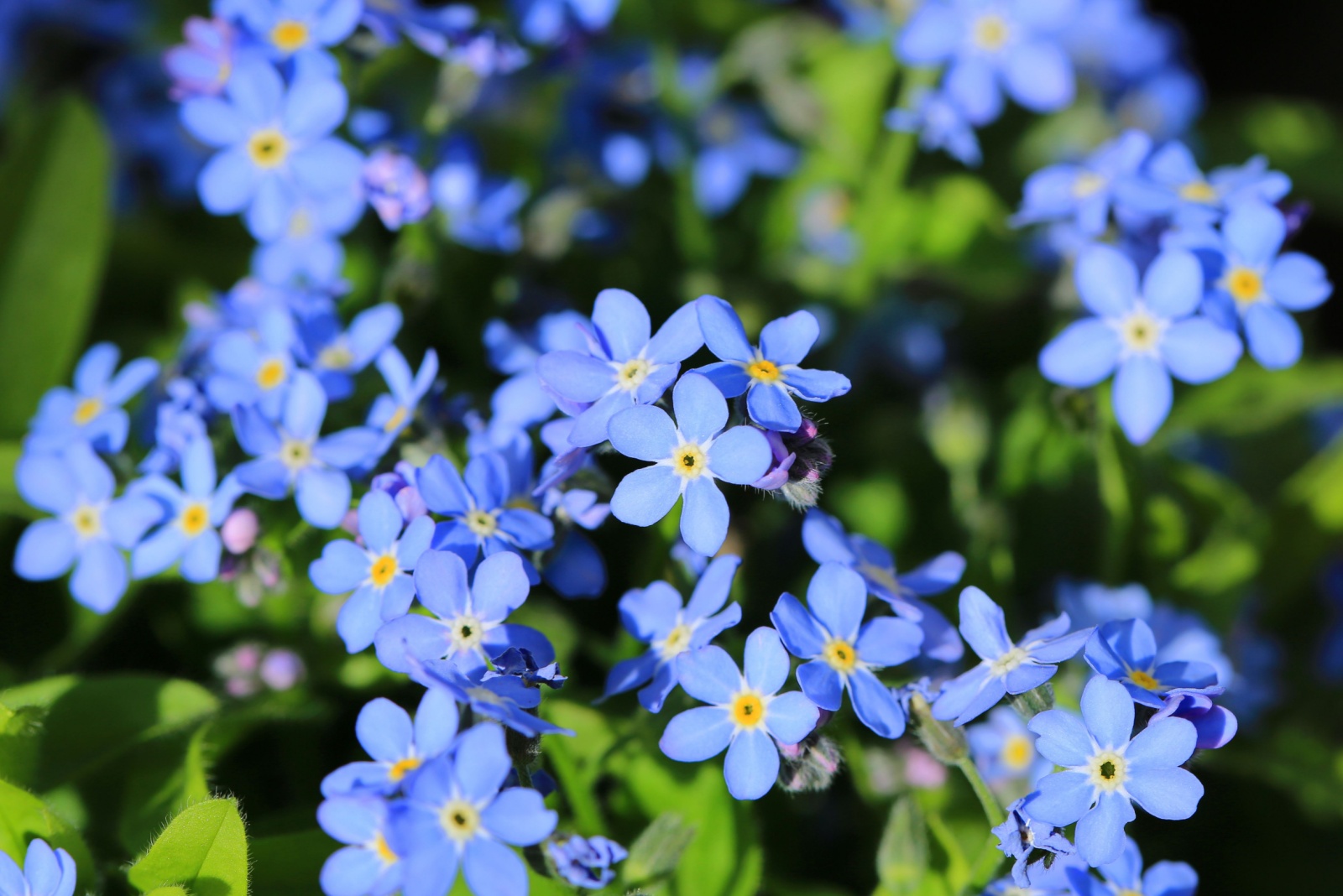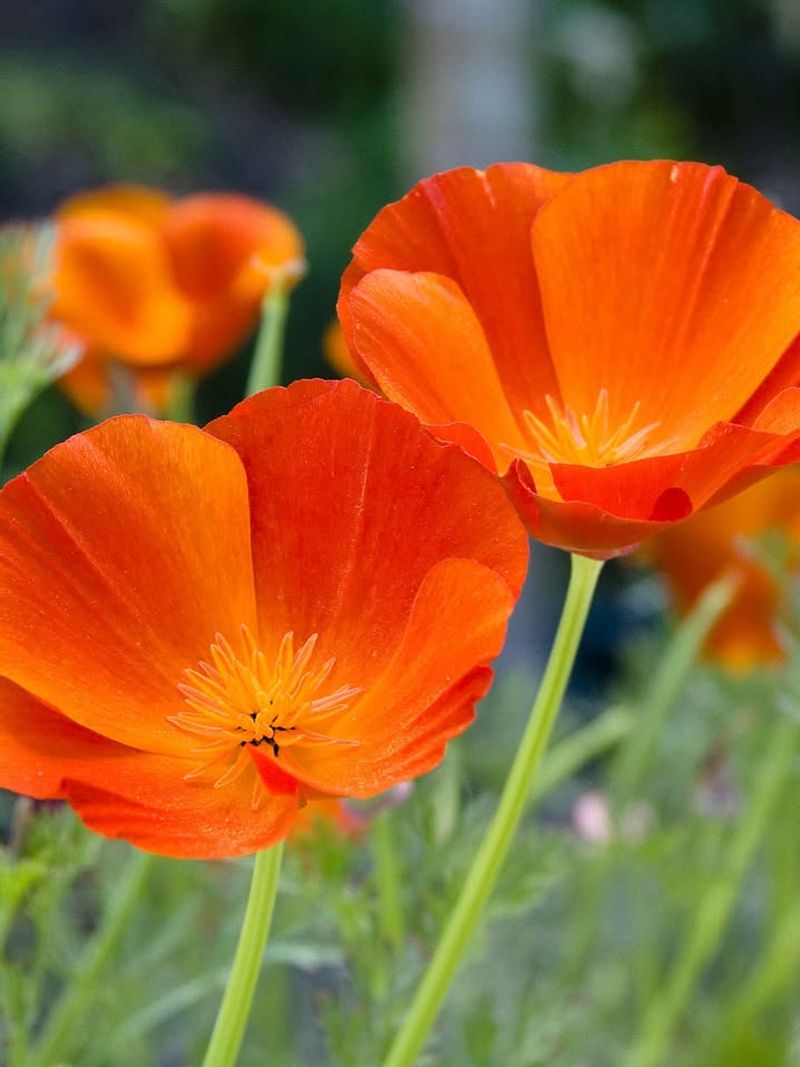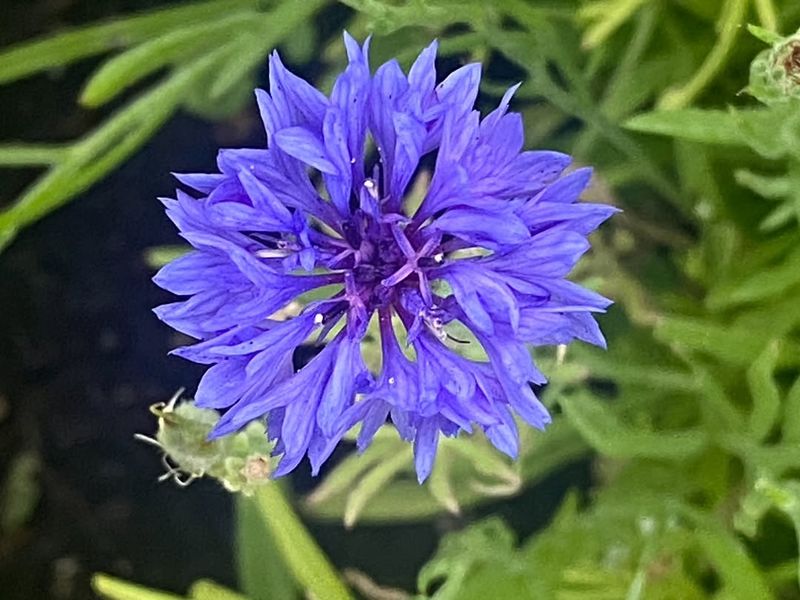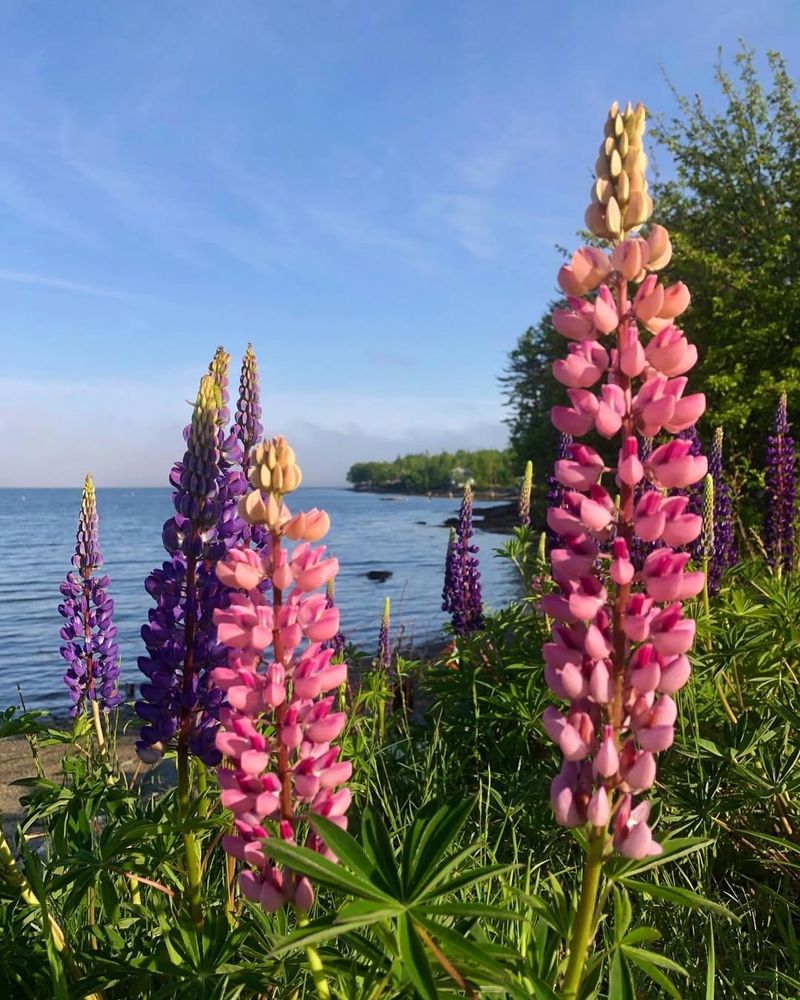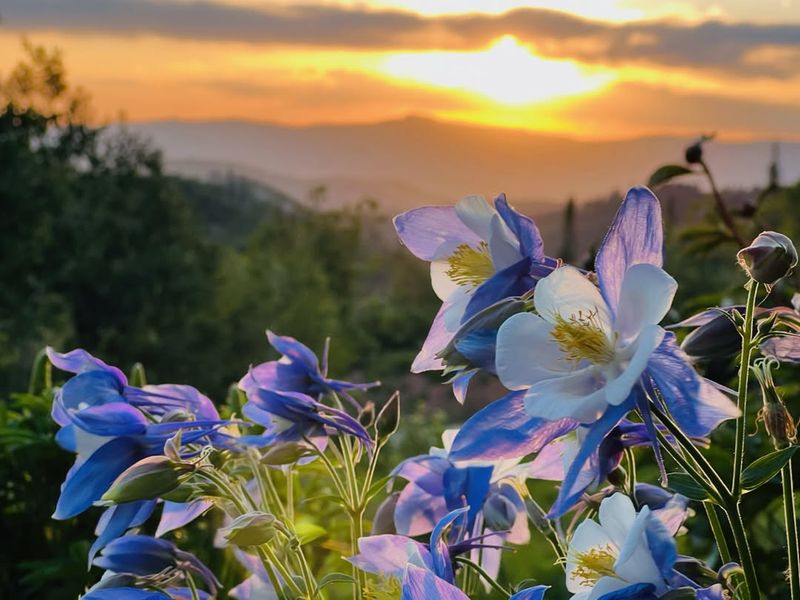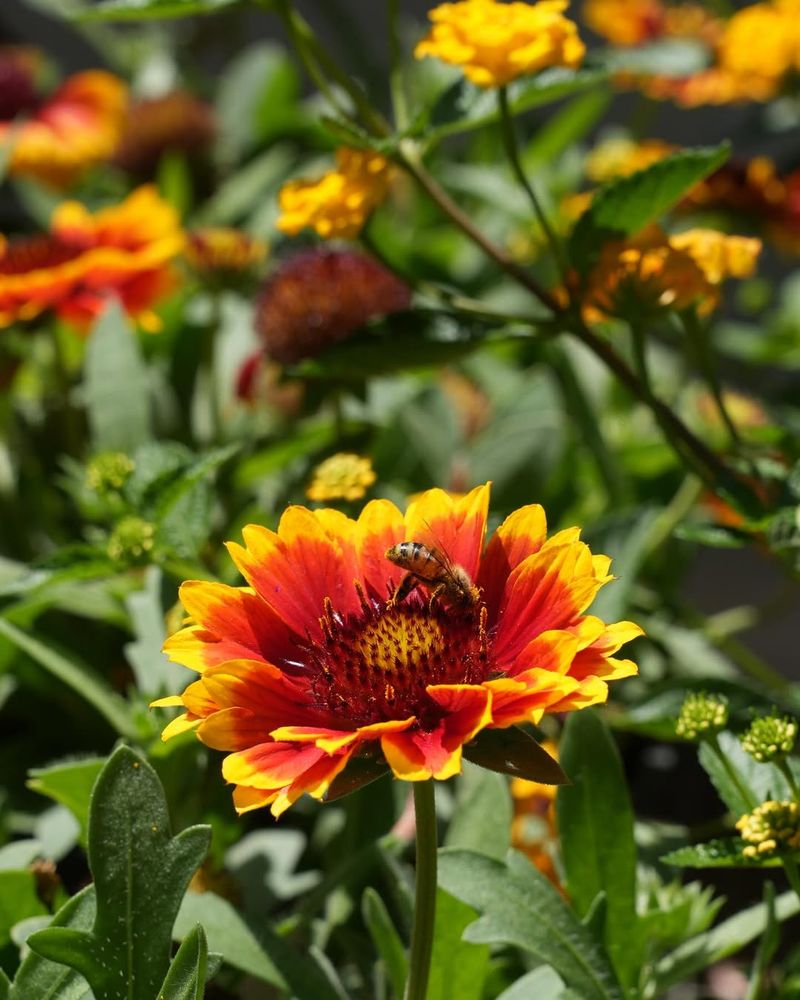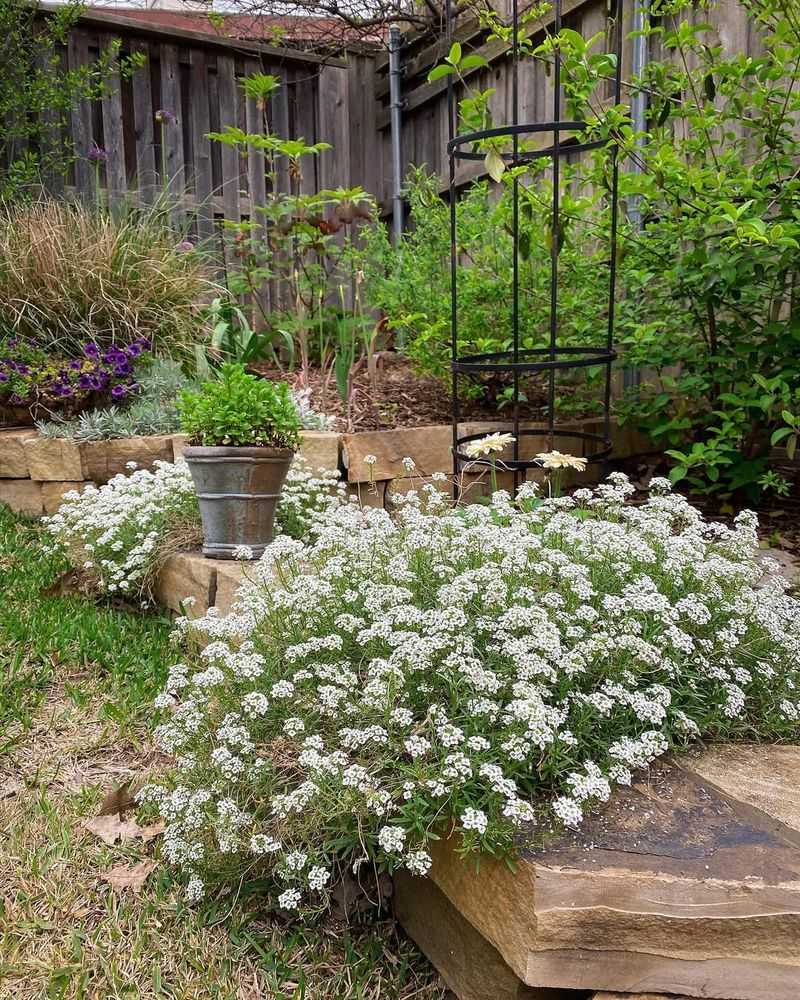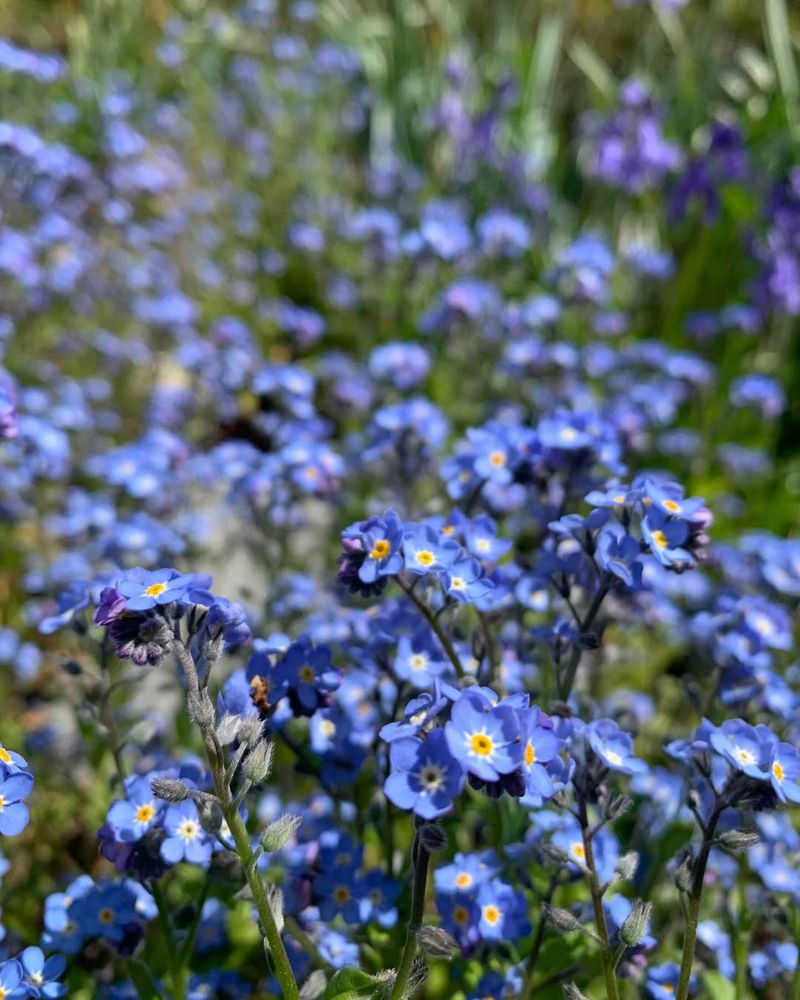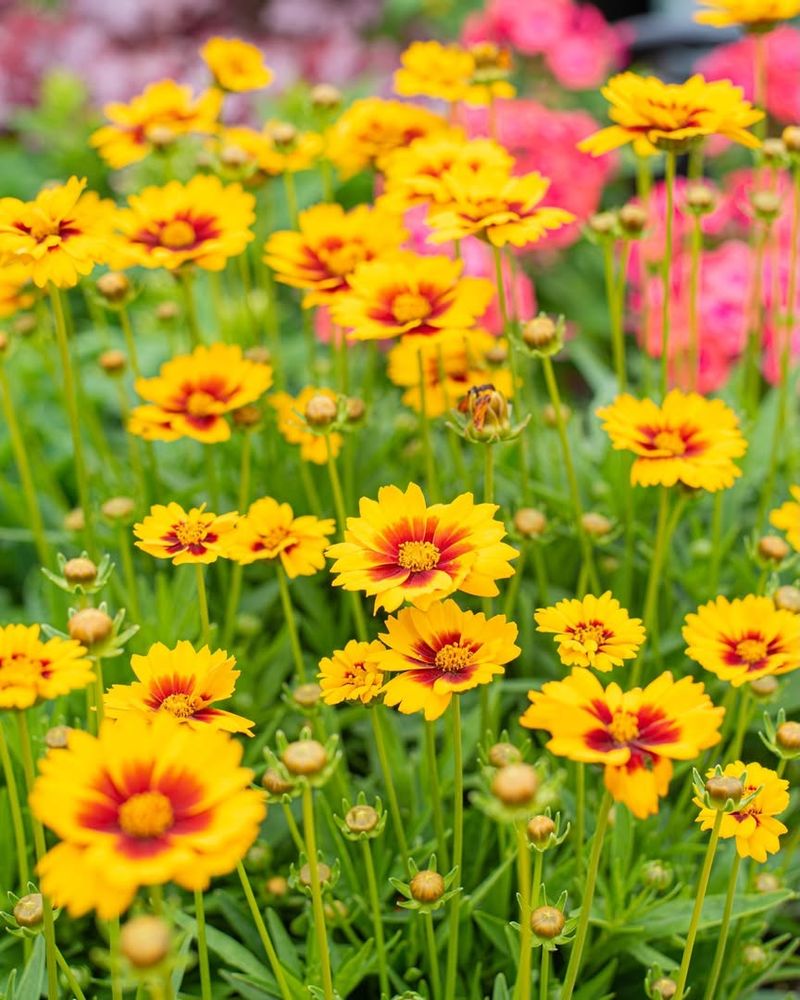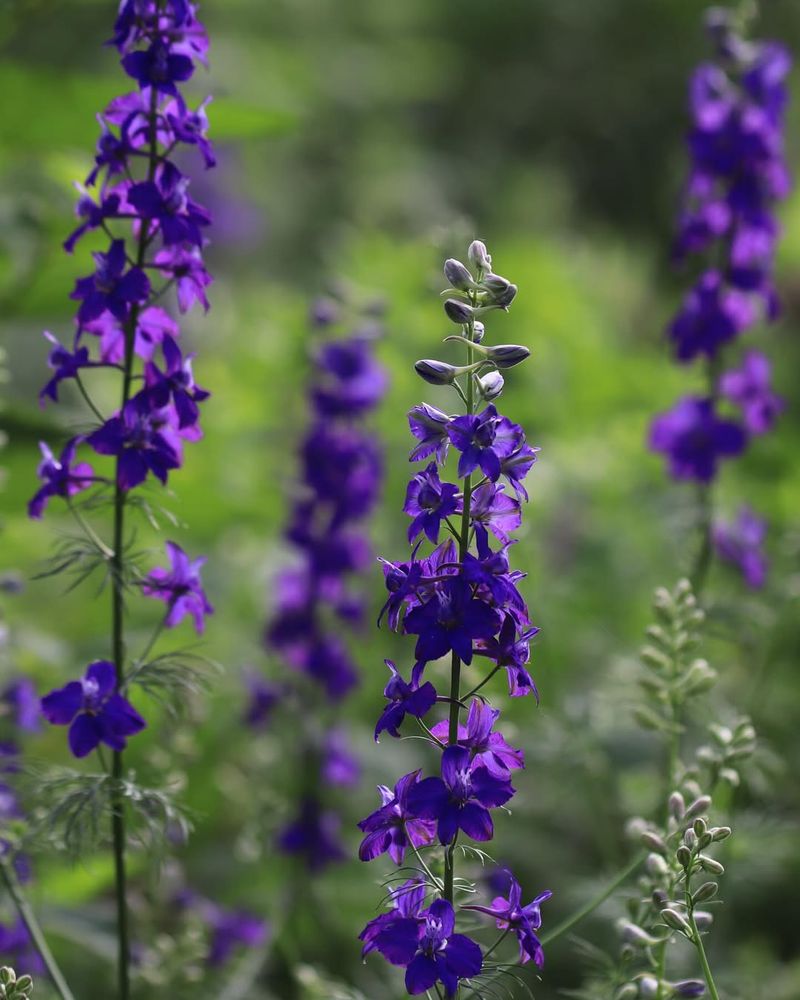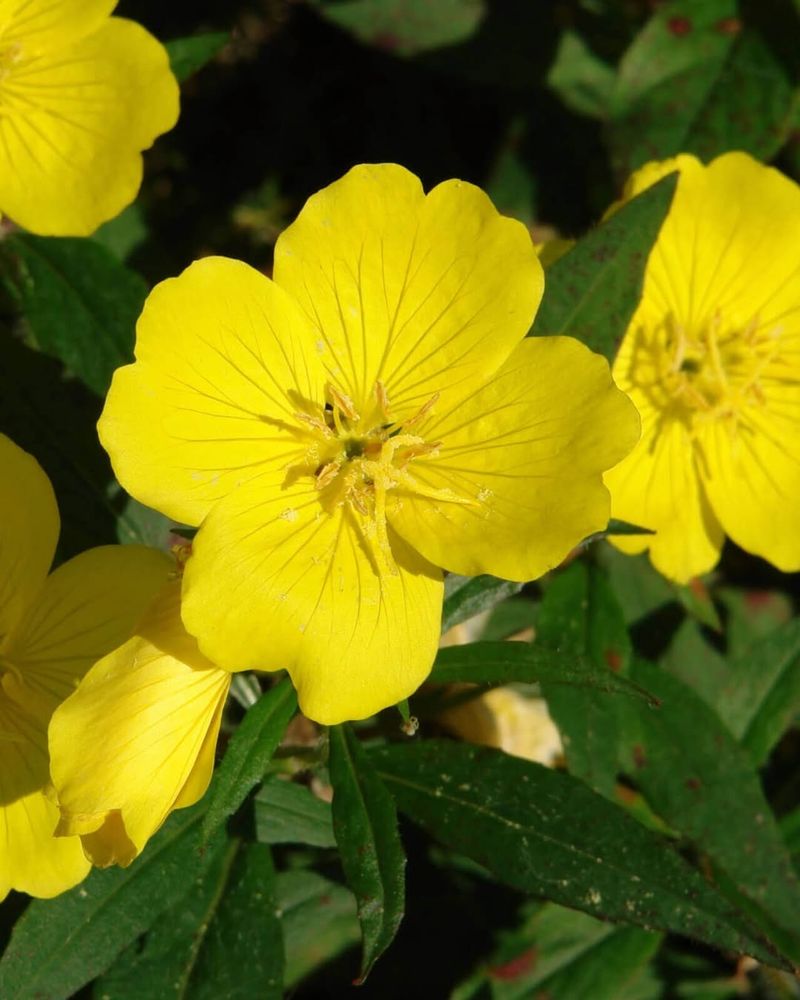Fall might seem like the end of the gardening season, but October is actually the perfect time to plan ahead for a spectacular spring display. In California, mild winters and cool nights give wildflower seeds the perfect window to take root before spring warmth returns.
Planting wildflowers now gives them time to establish strong roots during the cooler months, so they burst into bloom when warm weather arrives. These hardy beauties require minimal care and reward you with vibrant colors that attract butterflies, bees, and hummingbirds to your yard.
1. California Poppy
Sunshine captured in petals—that’s what California poppies bring to any garden bed. Their brilliant orange blooms open during the day and close at night, creating a living light show throughout spring.
For California gardeners, this is a native wildflower that practically plants itself once it’s established. Plant seeds directly into well-drained soil this October, barely covering them with earth. They’ll germinate when temperatures warm up, creating carpets of color that self-seed for years.
Drought-tolerant once established, these cheerful flowers thrive in poor soil where other plants struggle, making them ideal for low-maintenance California landscapes.
2. Bachelor’s Button
Old-fashioned charm meets modern gardens with bachelor’s buttons, also called cornflowers. Their electric blue petals look like tiny fireworks frozen in time, though varieties also come in pink, white, and purple.
In California’s cooler coastal or foothill areas, October planting gives them a strong head start. Scatter seeds across your garden beds for early spring blooms. These tough plants handle frost like champions, germinating in cool weather and flowering before many other plants wake up.
Cutting them for bouquets actually encourages more blooms, so snip away without guilt!
3. Lupine
Towering spikes of color make lupines the skyscrapers of the wildflower world. Each stem holds hundreds of tiny pea-like flowers in shades of purple, blue, pink, or white that bloom from bottom to top.
Native lupines are especially common in California, thriving in sandy or rocky soils. October planting works wonders because lupine seeds need cold stratification to germinate properly. Soak seeds overnight before planting them in slightly acidic, well-drained soil.
Their deep taproots improve soil quality by fixing nitrogen, benefiting neighboring plants while creating stunning vertical interest in your garden.
4. Columbine
Fairy lanterns dancing in the breeze—that’s what columbine flowers resemble with their unique spurred petals. Hummingbirds absolutely adore these nectar-rich blooms, making them regular visitors to your spring garden.
Plant seeds in October where they’ll receive partial shade, as columbines prefer cooler spots under trees or on the north side of structures. Light frost won’t harm emerging seedlings. In many shaded California gardens, they naturalize beautifully year after year.
Available in rainbow colors from yellow to deep burgundy, they naturalize easily and return year after year with minimal fuss.
5. Blanket Flower
Named for their resemblance to colorful Native American blankets, these cheerful daisies blend fiery reds with sunny yellows. Each flower looks hand-painted, with colors bleeding into each other like watercolors on canvas.
October sowing gives blanket flowers a head start for explosive spring blooming. California’s long growing season lets them flower almost nonstop once established. They crave full sun and actually prefer lean, sandy soil over rich garden beds.
Heat and drought don’t phase these tough performers, which bloom continuously from late spring through fall if you deadhead spent flowers regularly.
6. Sweet Alyssum
Don’t let the tiny flowers fool you—sweet alyssum packs serious fragrance power. Its honey-scented blooms attract beneficial insects while creating clouds of white, pink, or purple that soften garden edges beautifully.
Sprinkle seeds in October along pathways or between pavers where they’ll fill gaps with cascading beauty. In California’s mild coastal climates, sweet alyssum often blooms straight through winter. These low-growing charmers tolerate light foot traffic and cool temperatures without complaint.
They self-seed enthusiastically, popping up in unexpected places and creating delightful surprises each spring when you discover new colonies blooming.
7. Forget-Me-Not
Legends say these sky-blue beauties got their name from a medieval knight who fell into a river while picking them for his beloved. Their tiny flowers with yellow eyes create a misty blue haze across garden beds.
Fall planting suits forget-me-nots perfectly since they need cold exposure to bloom their best. In northern and mountain regions of California, October sowing ensures they’ll burst into color by early spring. Plant in moist, shady areas where they’ll naturalize into romantic drifts.
They reseed generously, ensuring you’ll never actually forget them as they return faithfully each spring with their nostalgic charm.
8. Coreopsis
Butterflies can’t resist coreopsis, also called tickseed for its small, tick-shaped seeds. Golden yellow flowers dance on wiry stems that sway with every breeze, bringing constant motion to your garden.
California’s warm, sunny climate suits coreopsis perfectly, and October planting establishes strong root systems before winter dormancy. These native wildflowers adapt to almost any soil type and laugh at summer heat and humidity.
Blooming for months without deadheading, they’re perfect for gardeners who want maximum color with minimum effort. Goldfinches feast on their seeds in fall, adding wildlife value.
9. Larkspur
Cottage garden romance lives in larkspur’s tall, elegant spikes covered with delicate blooms. Their vertical architecture adds height variation that makes garden designs more interesting and dynamic.
Cold stratification is essential, making October the ideal planting month. Press seeds into soil but don’t bury them—they need light to germinate when spring temperatures rise. In California’s Central Valley, you’ll see larkspur sprouting by late winter when conditions are just right.
Choose spots with full sun and good air circulation to prevent mildew. Blue and purple varieties are most common, though white and pink cultivars offer softer alternatives for pastel palettes.
10. Evening Primrose
Watch magic unfold as evening primrose flowers open at dusk, their petals unfurling in minutes like time-lapse photography. Their soft yellow or pink blooms glow in fading light, attracting night-flying moths and other nocturnal pollinators.
Plant seeds this October in sunny spots with well-drained soil. In southern California gardens, they thrive in sandy soil and mild winter temperatures. They’ll germinate in spring and establish quickly, spreading through underground runners to form colonies.
Their lemony fragrance intensifies after dark, making them perfect near patios where you’ll enjoy evening relaxation surrounded by their enchanting presence.

